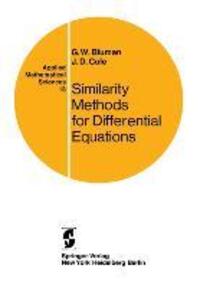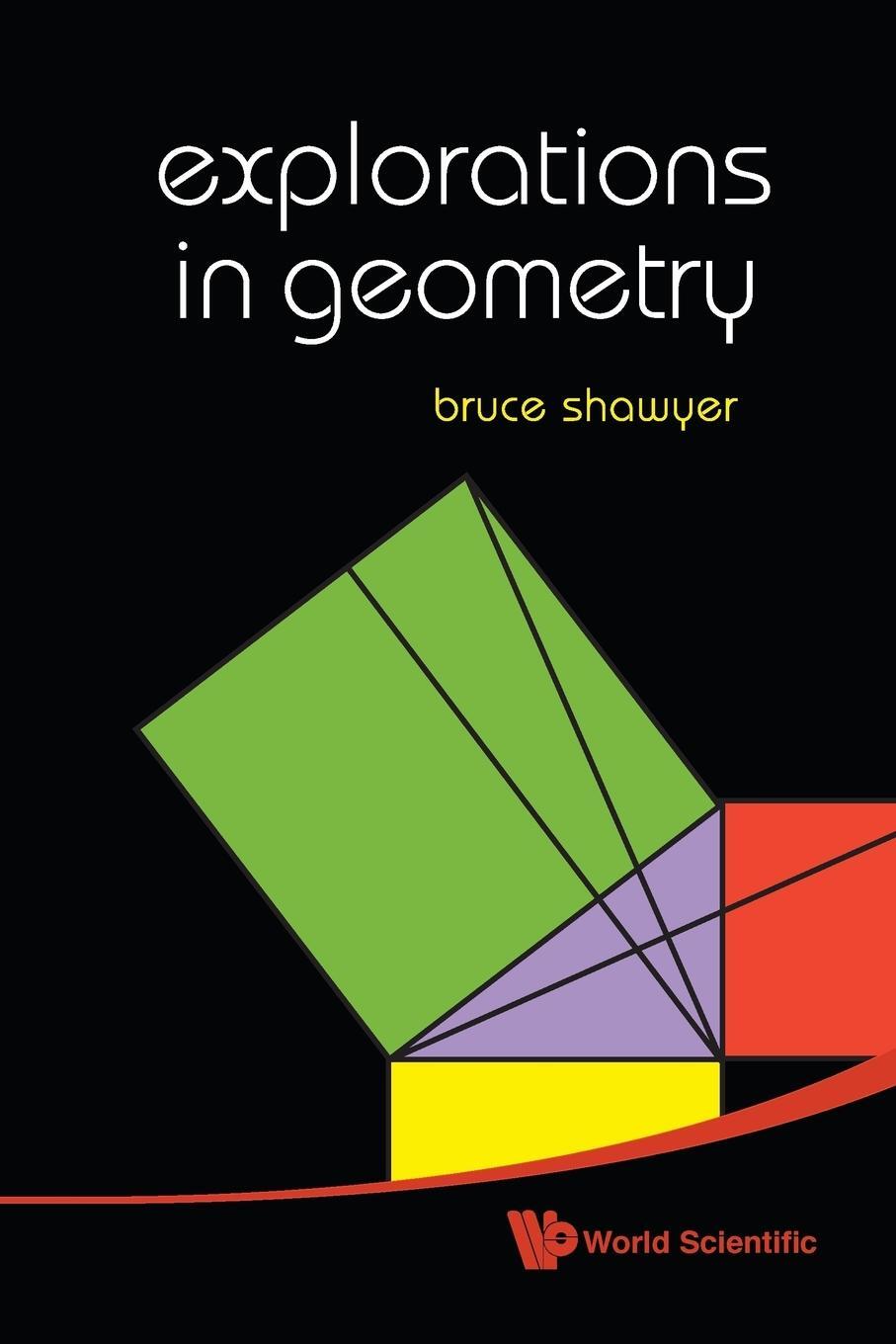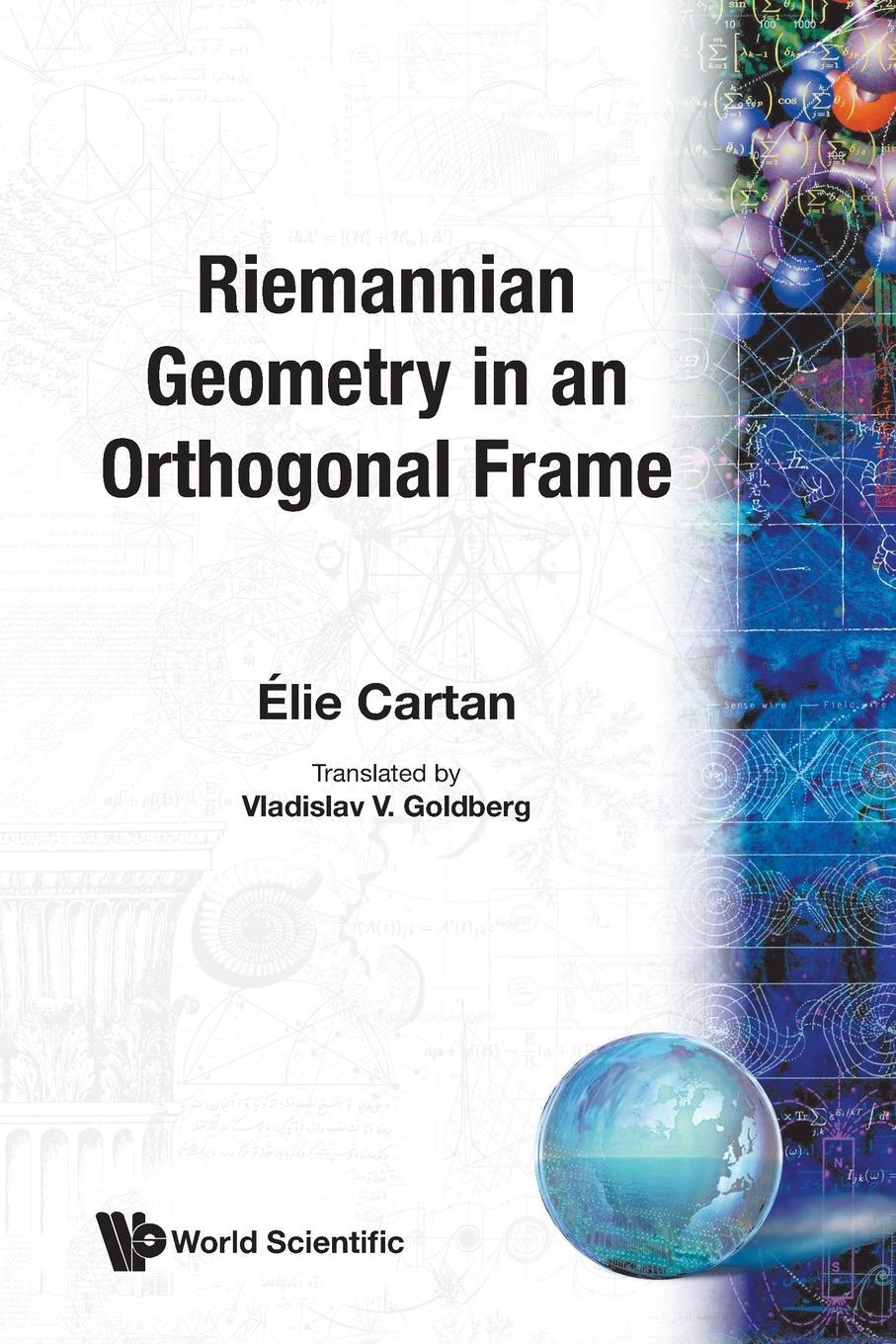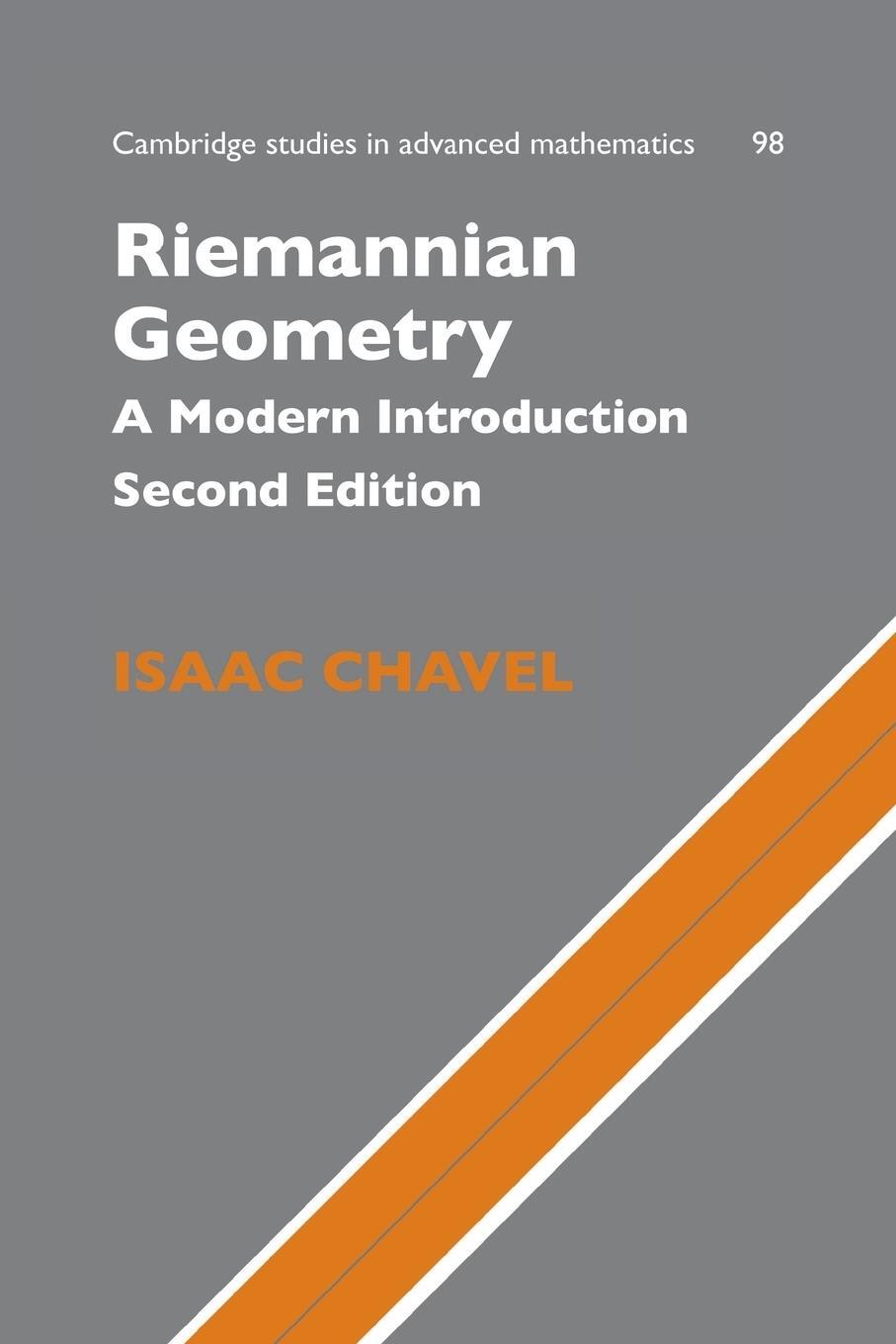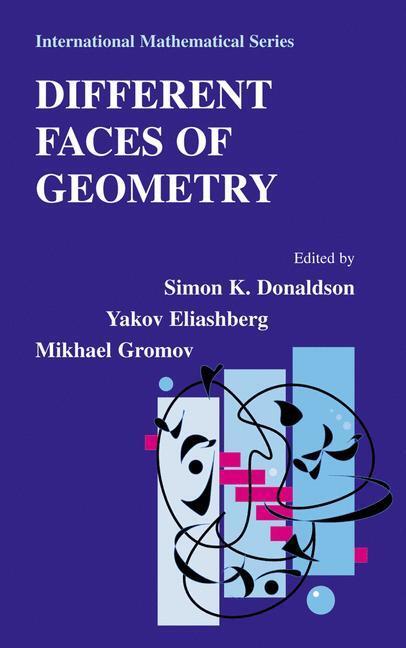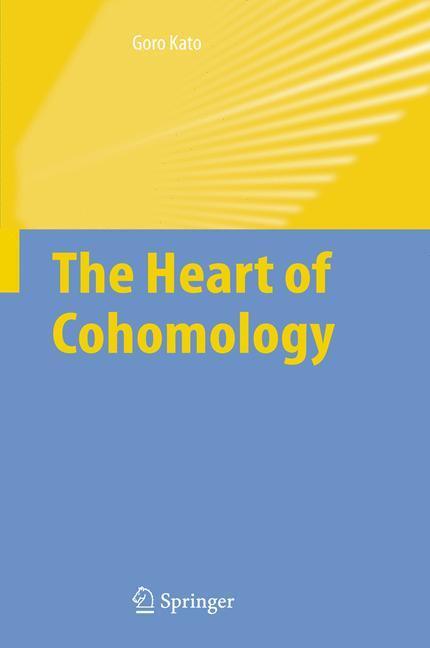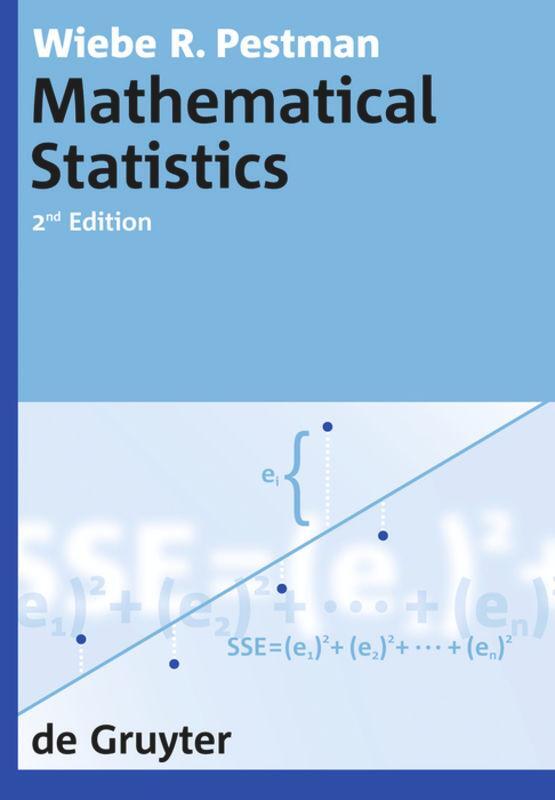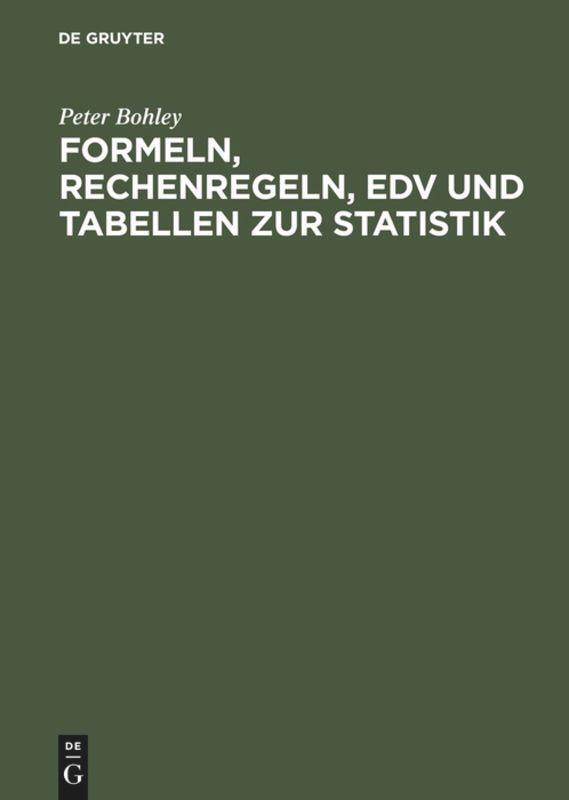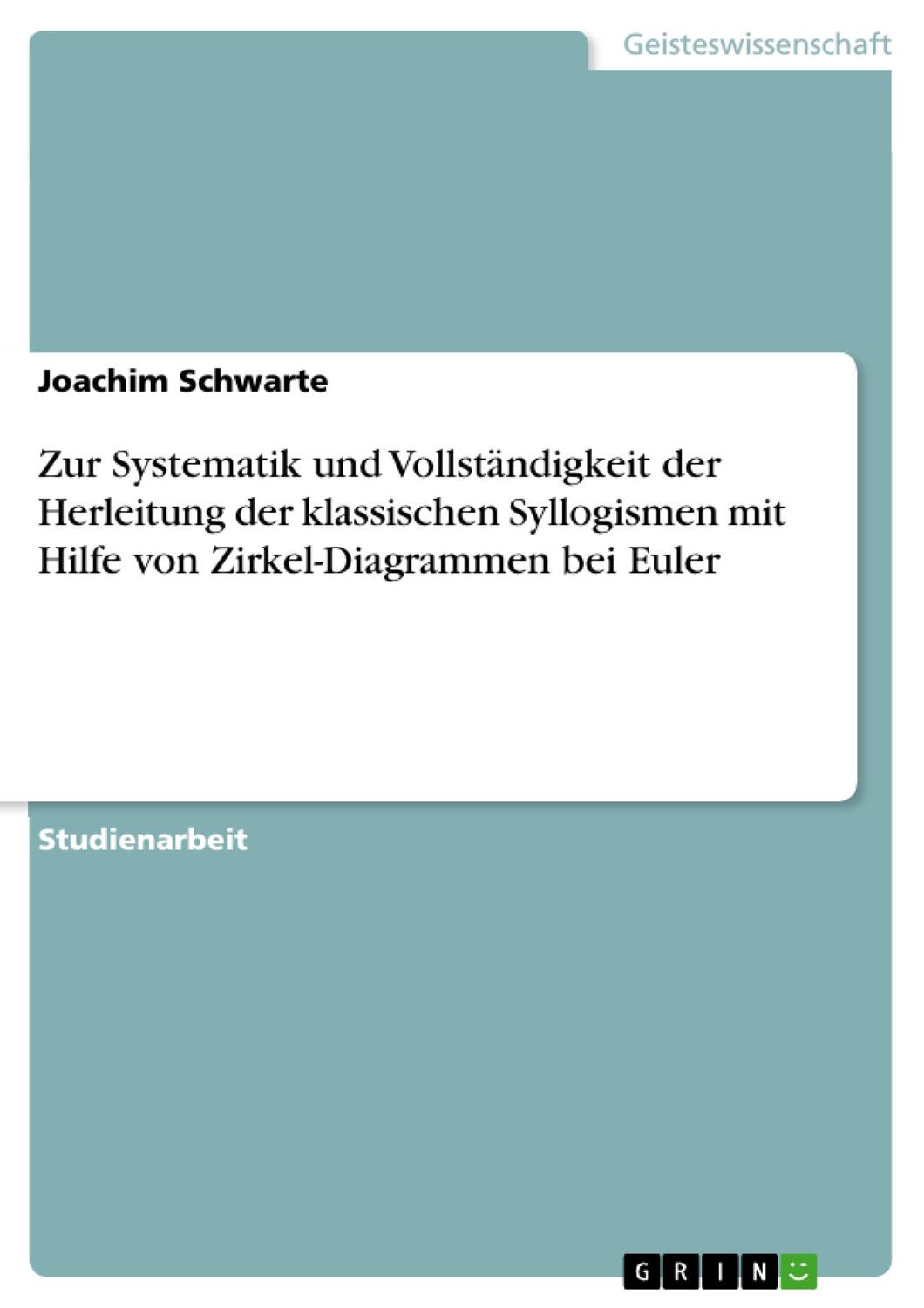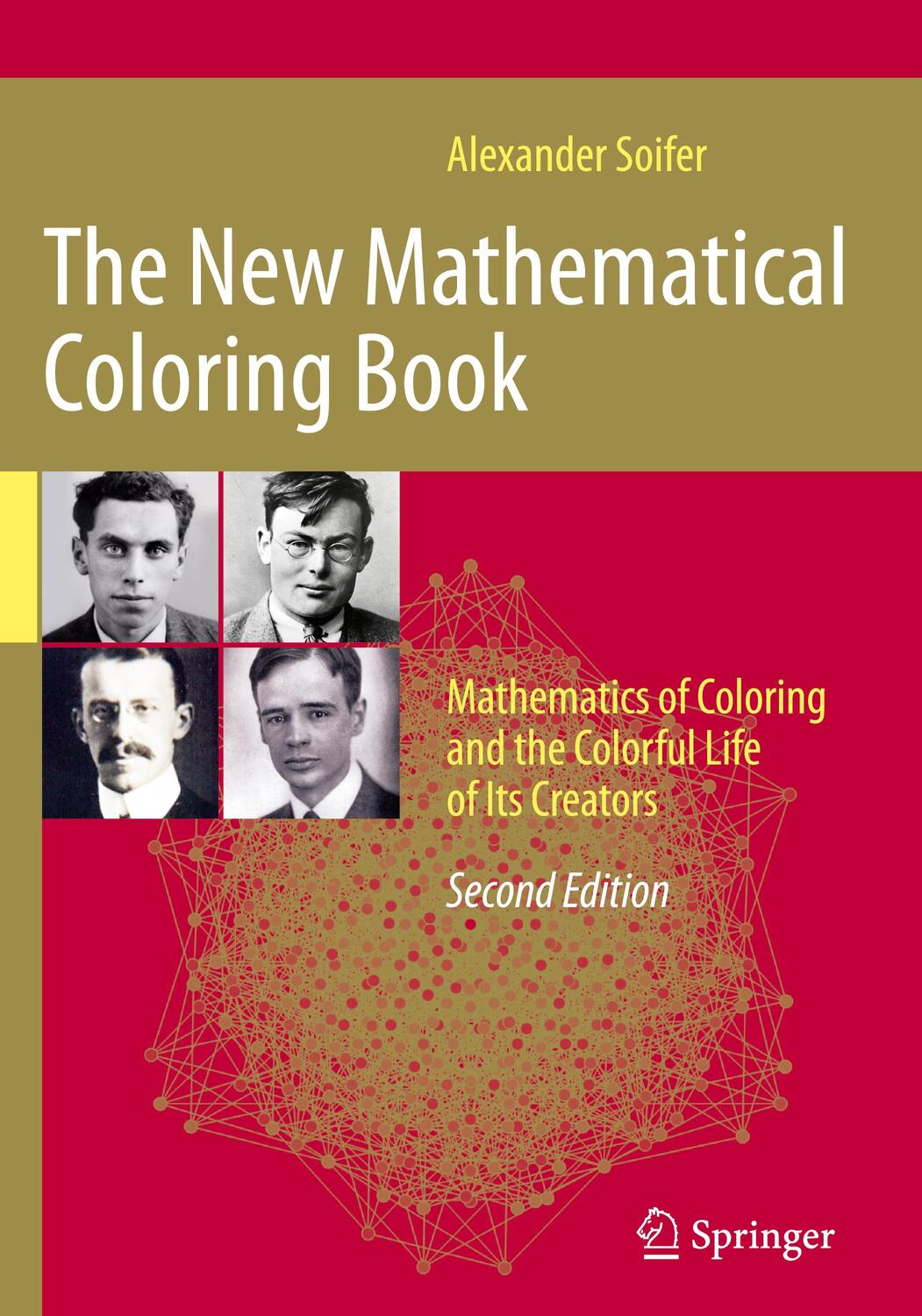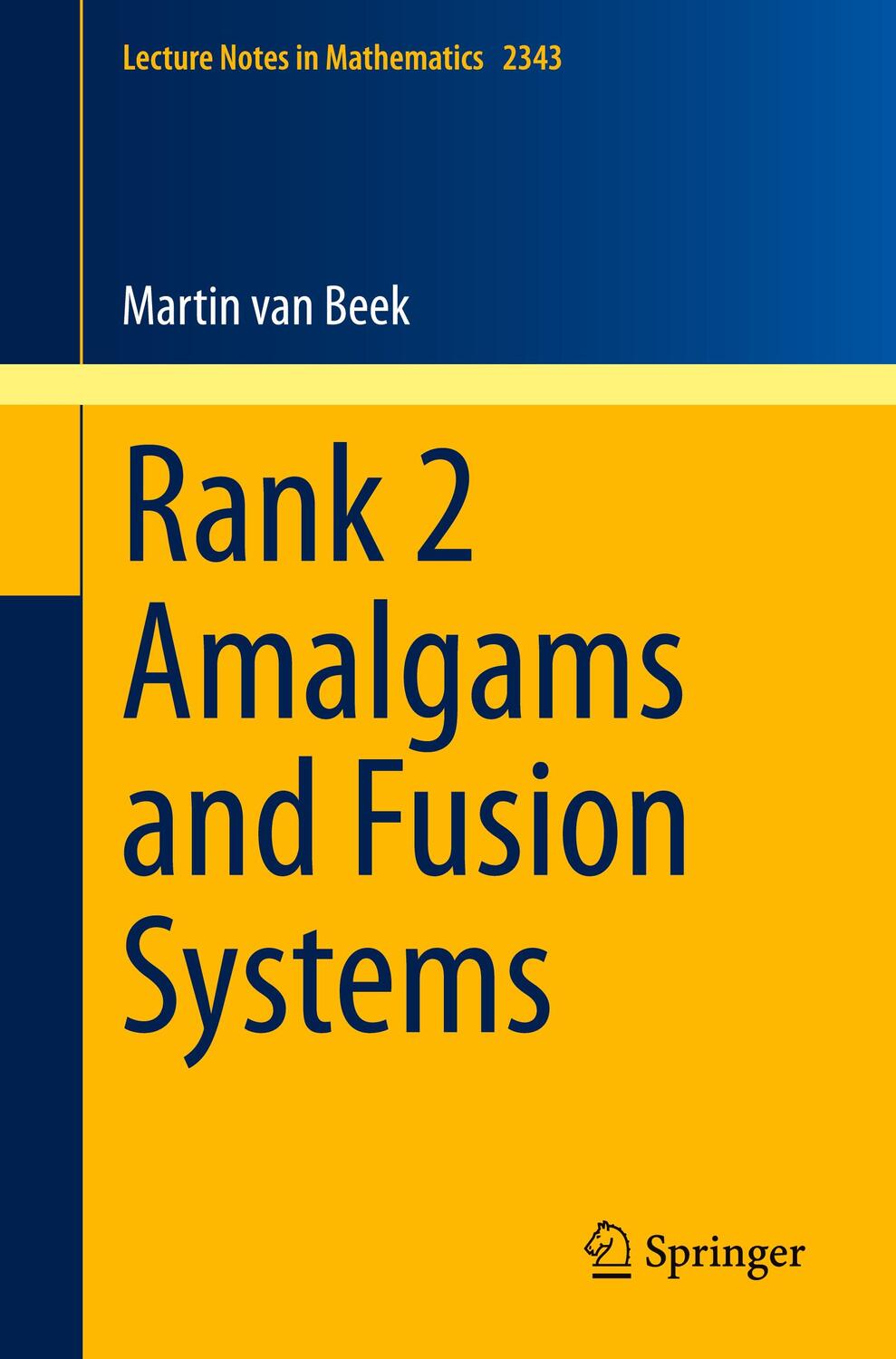Dekorationsartikel gehören nicht zum Leistungsumfang.
Sprache:
Englisch
48,95 €*
Versandkostenfrei per Post / DHL
Lieferzeit 4-7 Werktage
Kategorien:
Beschreibung
The aim of this book is to provide a systematic and practical account of methods of integration of ordinary and partial differential equations based on invariance under continuous (Lie) groups of trans formations. The goal of these methods is the expression of a solution in terms of quadrature in the case of ordinary differential equations of first order and a reduction in order for higher order equations. For partial differential equations at least a reduction in the number of independent variables is sought and in favorable cases a reduction to ordinary differential equations with special solutions or quadrature. In the last century, approximately one hundred years ago, Sophus Lie tried to construct a general integration theory, in the above sense, for ordinary differential equations. Following Abel's approach for algebraic equations he studied the invariance of ordinary differential equations under transformations. In particular, Lie introduced the study of continuous groups of transformations of ordinary differential equations, based on the infinitesimal properties of the group. In a sense the theory was completely successful. It was shown how for a first-order differential equation the knowledge of a group leads immediately to quadrature, and for a higher order equation (or system) to a reduction in order. In another sense this theory is somewhat disappointing in that for a first-order differ ential equation essentially no systematic way can be given for finding the groups or showing that they do not exist for a first-order differential equation.
The aim of this book is to provide a systematic and practical account of methods of integration of ordinary and partial differential equations based on invariance under continuous (Lie) groups of trans formations. The goal of these methods is the expression of a solution in terms of quadrature in the case of ordinary differential equations of first order and a reduction in order for higher order equations. For partial differential equations at least a reduction in the number of independent variables is sought and in favorable cases a reduction to ordinary differential equations with special solutions or quadrature. In the last century, approximately one hundred years ago, Sophus Lie tried to construct a general integration theory, in the above sense, for ordinary differential equations. Following Abel's approach for algebraic equations he studied the invariance of ordinary differential equations under transformations. In particular, Lie introduced the study of continuous groups of transformations of ordinary differential equations, based on the infinitesimal properties of the group. In a sense the theory was completely successful. It was shown how for a first-order differential equation the knowledge of a group leads immediately to quadrature, and for a higher order equation (or system) to a reduction in order. In another sense this theory is somewhat disappointing in that for a first-order differ ential equation essentially no systematic way can be given for finding the groups or showing that they do not exist for a first-order differential equation.
Inhaltsverzeichnis
1. Ordinary Differential Equations.- 1.0. Ordinary Differential Equations.- 1.1. Example: Global Similarity Transformation, Invariance and Reduction to Quadrature.- 1.2. Simple Examples of Groups of Transformations; Abstract Definition.- 1.3. One-Parameter Group in the Plane.- 1.4. Proof That a One-Parameter Group Essentially Contains Only One Infinitesimal Transformation and Is Determined by It.- 1.5. Transformations; Symbol of the Infinitesimal Transformation U.- 1.6. Invariant Functions and Curves.- 1.7. Important Classes of Transformations.- 1.8. Applications to Differential Equations; Invariant Families of Curves.- 1.9. First-Order Differential Equations Which Admit a Group; Integrating Factor; Commutator.- 1.10. Geometric Interpretation of the Integrating Factor.- 1.11. Determination of First-Order Equations Which Admit a Given Group.- 1.12. One-Parameter Group in Three Variables; More Variables.- 1.13. Extended Transformation in the Plane.- 1.14. A Second Criterion That a First-Order Differential Equation Admits a Group.- 1.15. Construction of All Differential Equations of First-Order Which Admit a Given Group.- 1.16. Criterion That a Second-Order Differential Equation Admits a Group.- 1.17. Construction of All Differential Equations of Second-Order Which Admit a Given Group.- 1.18. Examples of Application of the Method.- 2. Partial Differential Equations.- 2.0. Partial Differential Equations.- 2.1. Formulation of Invariance for the Special Case of One dependent and Two Independent Variables.- 2.2. Formulation of Invariance in General.- 2.3. Fundamental Solution of the Heat Equation; Dimensional Analysis.- 2.4. Fundamental Solutions of Heat Equation Global Affinity.- 2.5. The Relationship Between the Use of Dimensional Analysis and Stretching Groups to Reduce theNumber of Variables of a Partial Differential Equation.- 2.6. Use of Group Invariance to Obtain New Solutions from Given Solutions.- 2.7. The General Similarity Solution of the Heat Equation.- 2.8. Applications of the General Similarity Solution of the Heat Equation,.- 2.9. -Axially-Symmetric Wave Equation.- 2.10. Similarity Solutions of the One-Dimensional Fokker-Planck Equation.- 2.11. The Green's Function for an Instantaneous Line Particle Source Diffusing in a Gravitational Field and Under the Influence of a Linear Shear Wind - An Example of a P.D.E. in Three Variables Invariant Under a Two-Parameter Group.- 2.12. Infinite Parameter Groups - Derivation of the Poisson Kernel.- 2.13. Far Field of Transonic Flow.- 2.14. Nonlinear and Other Examples.- 2.15. Construction of Partial Differential Equations Invariant Under a Given Multi-parameter Group.- Appendix. Solution of Quasilinear First-Order Partial Differential Equations.- Bibliography. Part 1.- Bibliography. Part 2.
Details
| Erscheinungsjahr: | 1974 |
|---|---|
| Fachbereich: | Analysis |
| Genre: | Mathematik |
| Rubrik: | Naturwissenschaften & Technik |
| Medium: | Taschenbuch |
| Seiten: | 348 |
| Reihe: | Applied Mathematical Sciences |
| Inhalt: |
ix
333 S. |
| ISBN-13: | 9780387901077 |
| ISBN-10: | 0387901078 |
| Sprache: | Englisch |
| Ausstattung / Beilage: | Paperback |
| Einband: | Kartoniert / Broschiert |
| Autor: |
Cole, J. D.
Bluman, G. W. |
| Auflage: | Softcover reprint of the original 1st ed. 1974 |
| Hersteller: |
Springer New York
Springer US, New York, N.Y. Applied Mathematical Sciences |
| Maße: | 240 x 168 x 19 mm |
| Von/Mit: | J. D. Cole (u. a.) |
| Erscheinungsdatum: | 02.12.1974 |
| Gewicht: | 0,585 kg |
Inhaltsverzeichnis
1. Ordinary Differential Equations.- 1.0. Ordinary Differential Equations.- 1.1. Example: Global Similarity Transformation, Invariance and Reduction to Quadrature.- 1.2. Simple Examples of Groups of Transformations; Abstract Definition.- 1.3. One-Parameter Group in the Plane.- 1.4. Proof That a One-Parameter Group Essentially Contains Only One Infinitesimal Transformation and Is Determined by It.- 1.5. Transformations; Symbol of the Infinitesimal Transformation U.- 1.6. Invariant Functions and Curves.- 1.7. Important Classes of Transformations.- 1.8. Applications to Differential Equations; Invariant Families of Curves.- 1.9. First-Order Differential Equations Which Admit a Group; Integrating Factor; Commutator.- 1.10. Geometric Interpretation of the Integrating Factor.- 1.11. Determination of First-Order Equations Which Admit a Given Group.- 1.12. One-Parameter Group in Three Variables; More Variables.- 1.13. Extended Transformation in the Plane.- 1.14. A Second Criterion That a First-Order Differential Equation Admits a Group.- 1.15. Construction of All Differential Equations of First-Order Which Admit a Given Group.- 1.16. Criterion That a Second-Order Differential Equation Admits a Group.- 1.17. Construction of All Differential Equations of Second-Order Which Admit a Given Group.- 1.18. Examples of Application of the Method.- 2. Partial Differential Equations.- 2.0. Partial Differential Equations.- 2.1. Formulation of Invariance for the Special Case of One dependent and Two Independent Variables.- 2.2. Formulation of Invariance in General.- 2.3. Fundamental Solution of the Heat Equation; Dimensional Analysis.- 2.4. Fundamental Solutions of Heat Equation Global Affinity.- 2.5. The Relationship Between the Use of Dimensional Analysis and Stretching Groups to Reduce theNumber of Variables of a Partial Differential Equation.- 2.6. Use of Group Invariance to Obtain New Solutions from Given Solutions.- 2.7. The General Similarity Solution of the Heat Equation.- 2.8. Applications of the General Similarity Solution of the Heat Equation,.- 2.9. -Axially-Symmetric Wave Equation.- 2.10. Similarity Solutions of the One-Dimensional Fokker-Planck Equation.- 2.11. The Green's Function for an Instantaneous Line Particle Source Diffusing in a Gravitational Field and Under the Influence of a Linear Shear Wind - An Example of a P.D.E. in Three Variables Invariant Under a Two-Parameter Group.- 2.12. Infinite Parameter Groups - Derivation of the Poisson Kernel.- 2.13. Far Field of Transonic Flow.- 2.14. Nonlinear and Other Examples.- 2.15. Construction of Partial Differential Equations Invariant Under a Given Multi-parameter Group.- Appendix. Solution of Quasilinear First-Order Partial Differential Equations.- Bibliography. Part 1.- Bibliography. Part 2.
Details
| Erscheinungsjahr: | 1974 |
|---|---|
| Fachbereich: | Analysis |
| Genre: | Mathematik |
| Rubrik: | Naturwissenschaften & Technik |
| Medium: | Taschenbuch |
| Seiten: | 348 |
| Reihe: | Applied Mathematical Sciences |
| Inhalt: |
ix
333 S. |
| ISBN-13: | 9780387901077 |
| ISBN-10: | 0387901078 |
| Sprache: | Englisch |
| Ausstattung / Beilage: | Paperback |
| Einband: | Kartoniert / Broschiert |
| Autor: |
Cole, J. D.
Bluman, G. W. |
| Auflage: | Softcover reprint of the original 1st ed. 1974 |
| Hersteller: |
Springer New York
Springer US, New York, N.Y. Applied Mathematical Sciences |
| Maße: | 240 x 168 x 19 mm |
| Von/Mit: | J. D. Cole (u. a.) |
| Erscheinungsdatum: | 02.12.1974 |
| Gewicht: | 0,585 kg |
Warnhinweis

